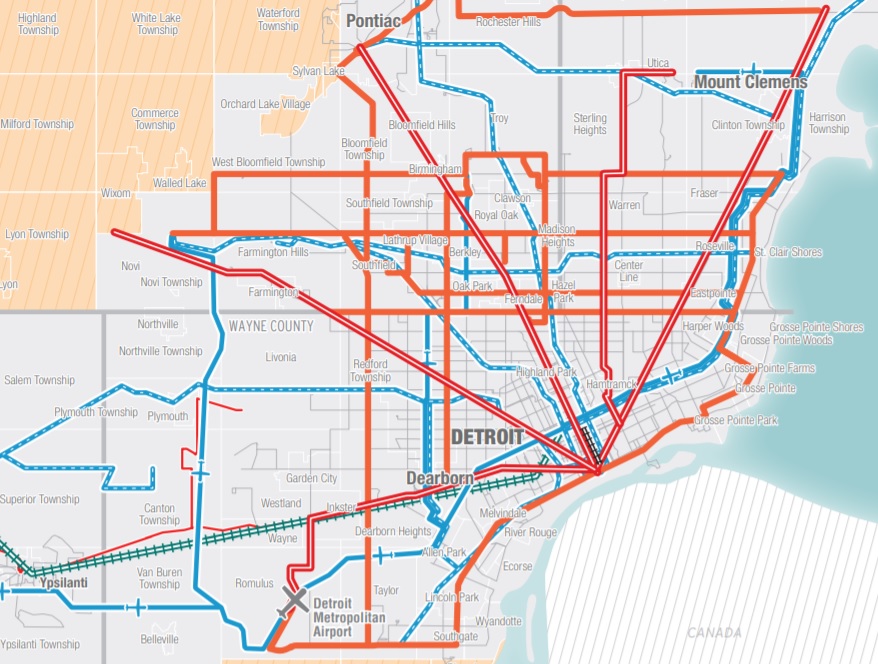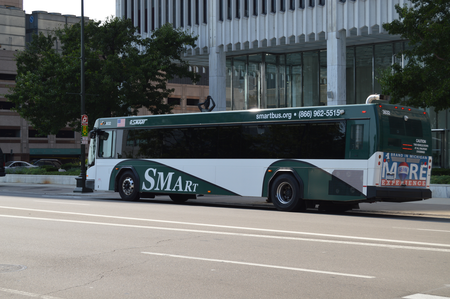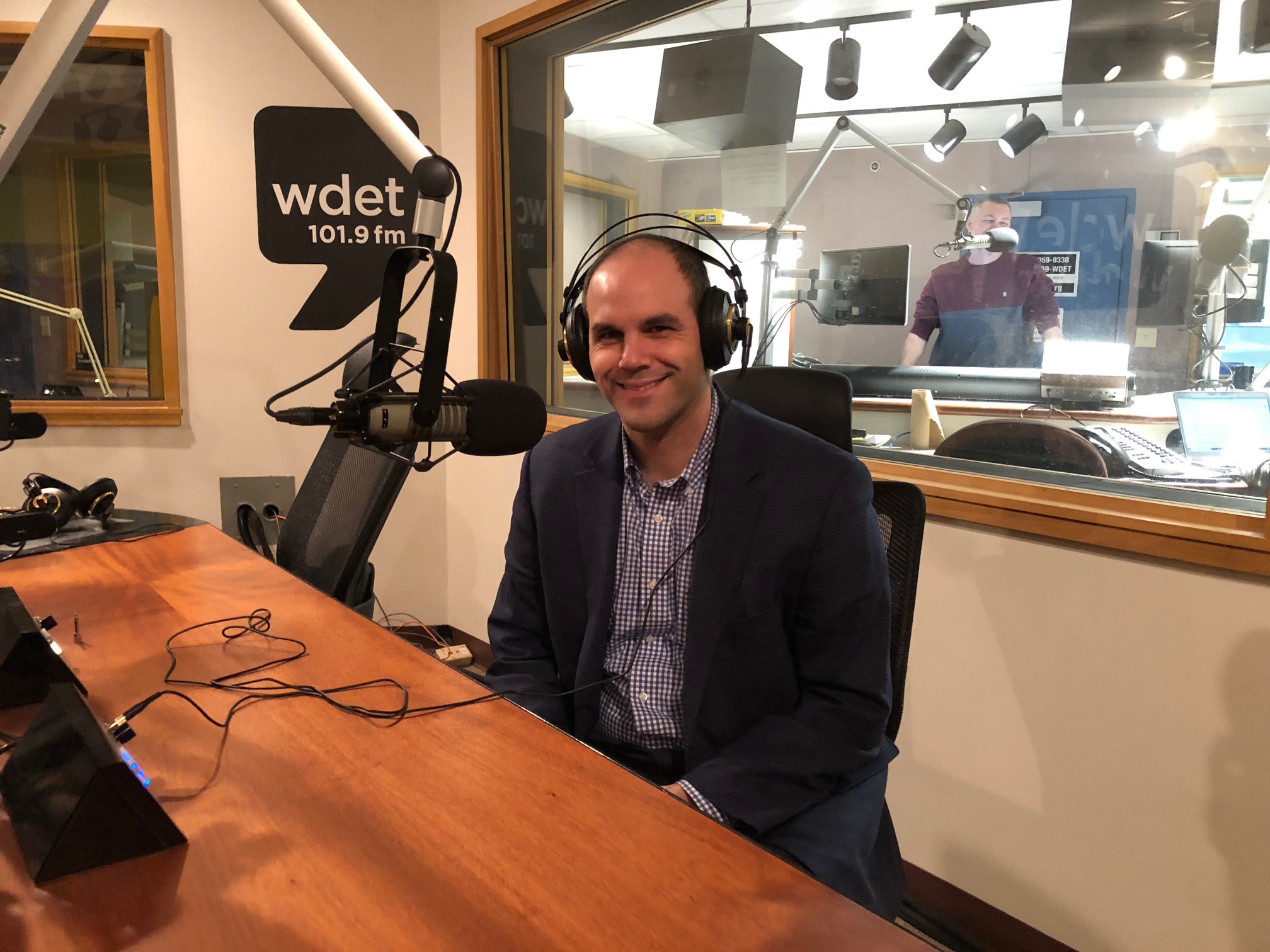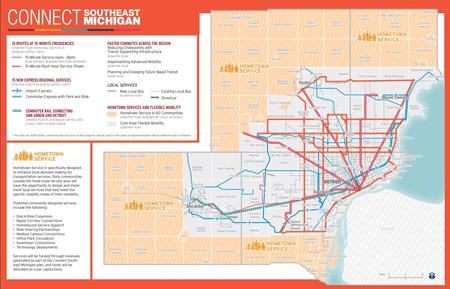Will New Regional Transit Plan Win Over Voters, Suburban Leaders?
“We’re acting like we’re in the Stone Age when it comes to transit. And that has got to change.”


It looked for a while like Southeast Michigan’s regional transit woes would get no opportunity for relief on the 2018 ballot. But last week, Wayne County Executive Warren Evans stepped forward with a proposal of his own — one that would raise money for key bus routes across the three-county metro area and get commuter rail started between Detroit and Ann Arbor.
It’s a plan that seems a little more modest than what voters rejected in 2016, but it’s still a start at building something that will put us in a better transit place — maybe even stop the madness that so many have to endure just to get to work or school.
Detroit Today with Stephen Henderson examines Evans’ proposal. Is this the transit plan we can finally adopt? What about suburban leaders? Should they get behind it? And if this passes, does it set the stage for something bigger and better in the future?
Click here for more information about the proposal, including a map and the full framework summary
The conversation begins with a voice that has been at the center of Michigan’s most significant infrastructure projects over the years. Eric Morris is vice president of HNTB Corporation, which has worked on the I-75 Gateway project, the QLine in Downtown Detroit and other big transit developments. He tells Henderson that officials spent more than 5,000 hours working on the new plan over the last year.

“One of the criticisms from the last campaign was that we didn’t listen enough to the people who weren’t supportive of transit,” says Morris. “So we listened to a lot of people who weren’t necessarily supportive of transit to try and drive better value in this plan.”
“When you ask, ‘Why does this plan have a better shot?’ — I think it’s because of the value that we’re driving for all of the residents, not just residents in the core areas,” he continues.
The discussion continues with Wayne County Assistant Executive Khalil Rahal, who expresses some frustration with county leaders from Oakland and Macomb Counties, who have continually scuttled attempts to create a region-wide connected transit system.
“It’s hard to be half-in on public transit,” says Rahal. “You’re either pro-transit or you’re not.”
“Now, I think, the leaders have to get on board,” he says. “We’re acting like we’re in the Stone Age when it comes to transit. And that has got to change.”
Finally, Henderson speaks with Megan Owens, executive director of Transit Riders United, a non-profit organization that advocates for better public transit in and around Detroit. Owens says the plan isn’t perfect, but that it’s still “a great plan that will provide a lot of benefits” for riders.
“It doesn’t provide nearly the rapid transit along our busiest corridors that we need…We’re spreading the peanut butter a lot thinner across the full region,” Owens explains. But, she says, “hopefully it can be a first step.”
Click on the audio player above to hear the full conversation.
Click here to view a map of the RTA proposal

